Tubeless Was Bike Tech First
The pneumatic tire first came to public attention on May 18, 1889 when William Hume swept the day’s calendar of cycling events at Queen’s College Sports in Belfast, Ireland. The first person to purchase a bicycle equipped with J.B. Dunlop’s new invention, Hume confirmed the supremacy of the concept a short time later by dominating the field in similar fashion while racing in England. The advantages of a pneumatic tire system over the simple rubber or leather strips his competitors were gluing to their wheels were so obvious that in a very short time the pneumatic tire would become ubiquitous, and play an integral part in the future development of cycling and – later – automobiles.
The tires that Hume rode to such great success were, in manner and function, nearly identical to the tubular tires that would dominate high-level cycling events for the century-plus to follow.
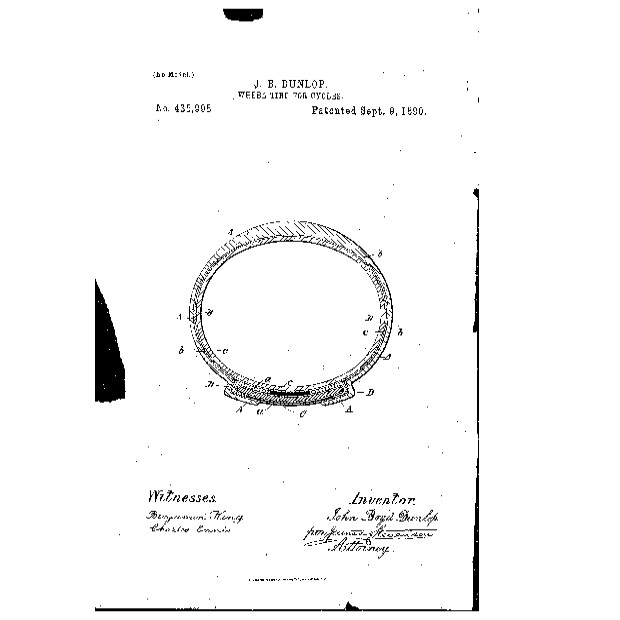
It turns out that a woven casing with a rubber tube inside it and a rubber tread strip on the outside is a pretty great way to make a tire, and it’s not a coincidence that Dunlop winds up being (largely) credited with the invention of the pneumatic tire as a result of this design. He wasn’t the first, though. Robert William Thomson beat Dunlop to the punch (and the patent office) by a few months with his tires, which were different in some important ways.
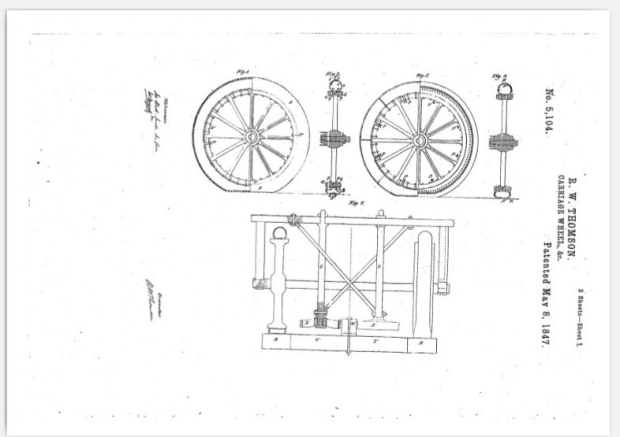
The Thomson tire design featured a leather outer carcass with a rubber tube inside, which was bolted rather than glued on to a proprietary carriage wheel. While this design wasn’t successful for some very obvious reasons – leather casing, lack of rubber tread – it did have one really interesting and useful feature; the tire was easily removeable.
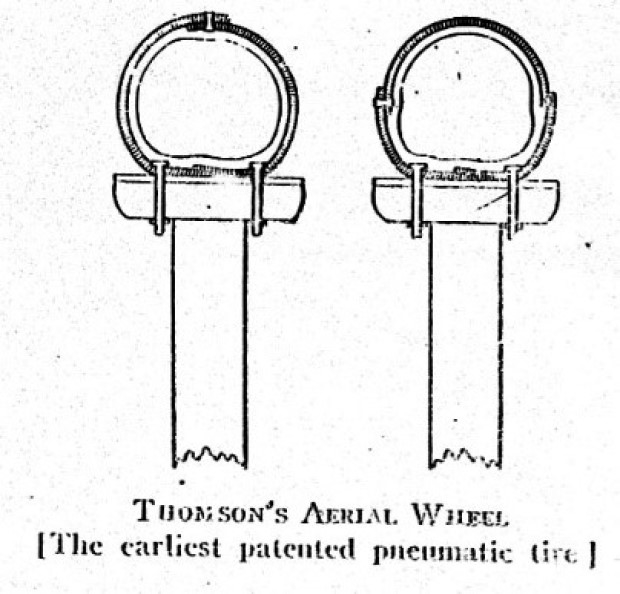
In short order, Dunlop himself was back at the patent office with designs for a more easily removeable tire
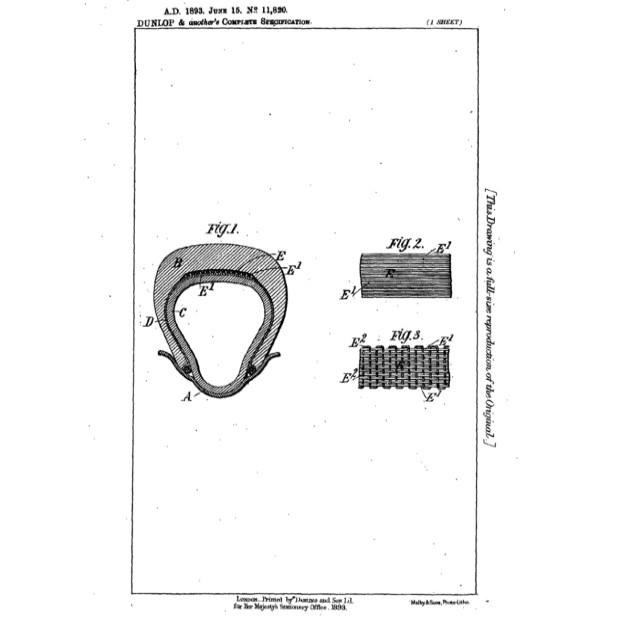
…which looks one heck of a lot like the tires/rims on the bleeding edge of development today.
The Dunlop company eventually wound up acquiring the patents of another inventor, Charles Kingston Welch, who invented the wire-bead clincher tire. Welch also held a patent for “certain new and useful Improvements in Pneumatic Tires”, US612981A.
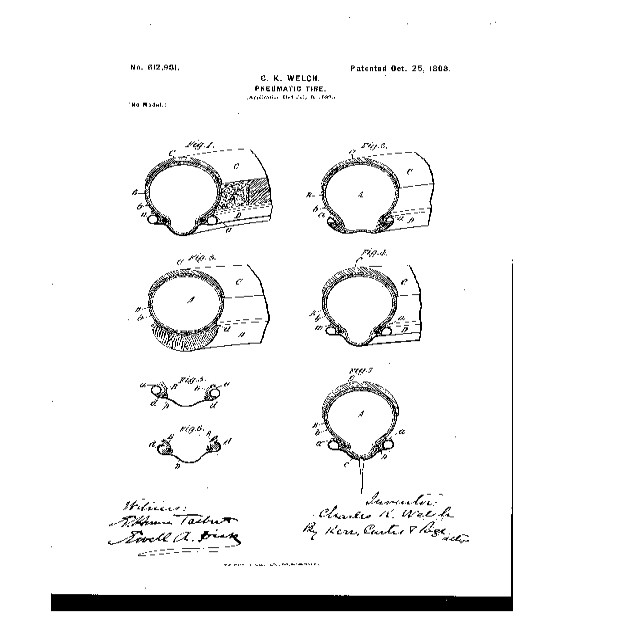
In the language of the patent, “This invention relates to improvements in pneumatic tires, and is equally applicable to double-tube, single-tube, and the socalled (sic) tubeless tires.”
Yes, Tubeless tires. In 1898.
There ain’t nothing new under the sun, especially when it comes to bicycles, and looking at some of the early developments in cycling technology can provide some really interesting insight into the products of today.
The Welch patent, for example, goes into detail explaining just how important a flexible tire sidewall is for maximum performance –
"In Dunlop racingtires (sic) or tires used on bicycles for riding at a
high speed it is usual not to cover with vulcanized rubber the whole
of the outer surface of the fabric or inexpansible jacket serving to
inclose and retain the air-tube, but to cover only the tread portion,
leaving the fabric at the sides of the tire bare, so as to preserve the
flexibility thereof, whereby these sides offer very slight resistance to
the continuous deformation or lateral expansion of the tire at the
point where it bears upon the ground."
In 1898 Welch understood the importance of tire carcass deformation characteristics in the performance of the tire. While this may seem like common sense to anyone likely to click on an article like this today, it’s worth noting just how much this basic piece of tire construction wisdom has really only penetrated into the general consciousness of bike racers – and even industry professionals – very recently. Roll back a few years and you were more likely to find people prioritizing weight then factors like compliance and hysteresis when attempting to maximize tire performance.
While light weight may sometimes correlate with light construction, they aren’t the same thing, and Welch was well aware of this…
"The chief object of my invention is to produce a pneumatic tire for
bicycle that will permit approximately the same speed to be
obtained as with the light racing-tires at present constructed and will
at the same time be suitable for use on ordinary roads and in wet
weather."
His solution to a light construction tire that was sufficiently robust for ordinary use? He proposed covering the fabric portion of the tire with a thin sheet “or membrane” of rubber. This rubber coating would protect the fragile sidewall while still allowing for the deformation necessary for high performance. But there’s more.
"I cover those portions of the tire that are adjacent to the wheel-rim
with a strip or ring or strips or rings of vulcanized india-rubber or
other suitable material, so as to form both a resilient and efficient
closure between the tire and the rim and also a protection against
chafing or wear that might arise from friction on the rim. These
strips or rings of indiarubber instead-of forming part of. the tire may
form part of or be attached to the wheelrun."
In other words, rim strips that provide for a seal between the rubber coated tire and the rim it is attached to. Something that looks an awful lot like this…
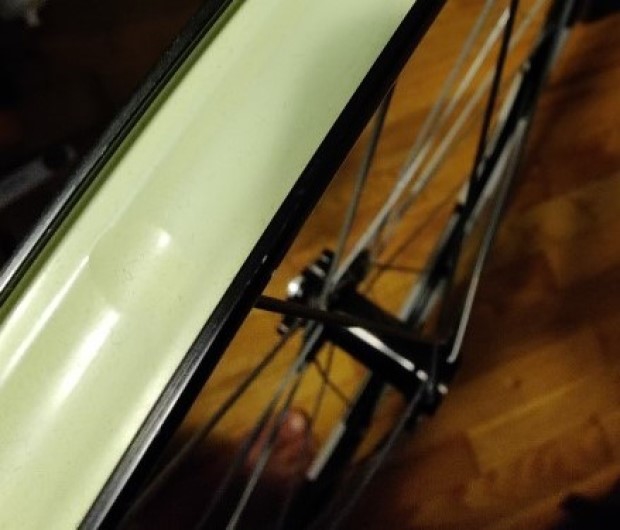
…a modern tubeless tire system.
When we dissect a current generation tubeless tire system, we wind up with three essential components, all more or less replicating areas of Moore’s concern. These are a rim, whether hooked or hookless, typically fitted with a rim strip to provide a “resilient and efficient closure”, a tire – essentially always of woven construction, with a rubber tread bonded on to it, and – and this is the interesting part – the sealant inside the tire.
Tubeless tires aren’t all the same, and the functions performed by the sealant vary accordingly. In a “true” tubeless tire, the tire, when inflated on a compatible rim, will hold air without any sealant. In this use case, the sealant is present simply to “seal” any punctures that may occur during operation.
With what is commonly called a “tubeless ready” tire, however, the tire/rim system will not hold air without sealant. The sealant not only acts to repair system failures due to puncture, it also “seals” the tire carcass itself, forming a (largely) impermeable layer on the inside of the tire. In essence, the sealant acts as a surrogate tube.
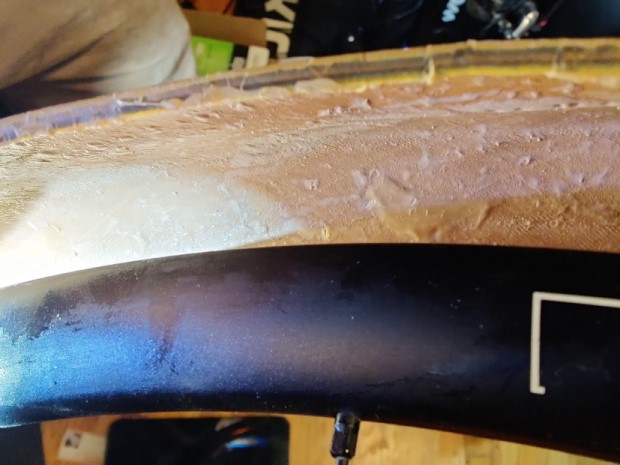
It’s worth noting that with almost all current sealants this surrogate tube is a *latex* tube. It really doesn’t matter if your latex tube has been deposited on the inside of your tire via sealant injection, or if it’s an actual discrete tube product, what matters is that it’s latex, and latex tubes are fast. They’re definitely faster than a butyl tube, and if you’re running a “true” tubeless tire, you’re very likely running with the functional equivalent of a butyl tube bonded to the tire sidewall.
Butyl rubber is extremely robust stuff, very chemically inert and impermeable to gases. This makes it an excellent product for application to a tire sidewall, and it is used as the inner lining in the vast majority of automobile tires. Unfortunately, when we’re dealing with the fractional horsepower output of a human being on a bike, the small rolling resistance penalty of a butyl tube (or tube surrogate) actually matters. When we look at the rolling resistance rankings of tubeless tires, the vast majority of them are of the “tubeless ready” variety, and this is a big part of the reason why.
Here's another reason.
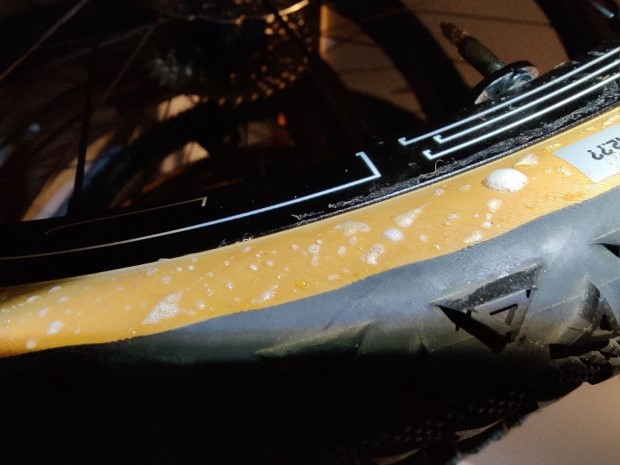
The construction of a “tubeless tire” can be much “lighter” than that of a true tubeless one.
If a tire looks like this when you install sealant, what you’re seeing is the sealant seeping through the light, porous construction of the tire. Eventually, the sealant will fill the tiny voids in the tire carcass, the weeping will stop, and you wind up with not just a surrogate latex tube on the inside of the tire, but a tire that is suffused with latex sealant, and in the words of Charles Kingston Welch, a “membrane” that acts “to efficiently protect the said jacket from moisture or other deleterious influences without detriment to its flexibility”.


Start the discussion at slowtwitch.northend.network